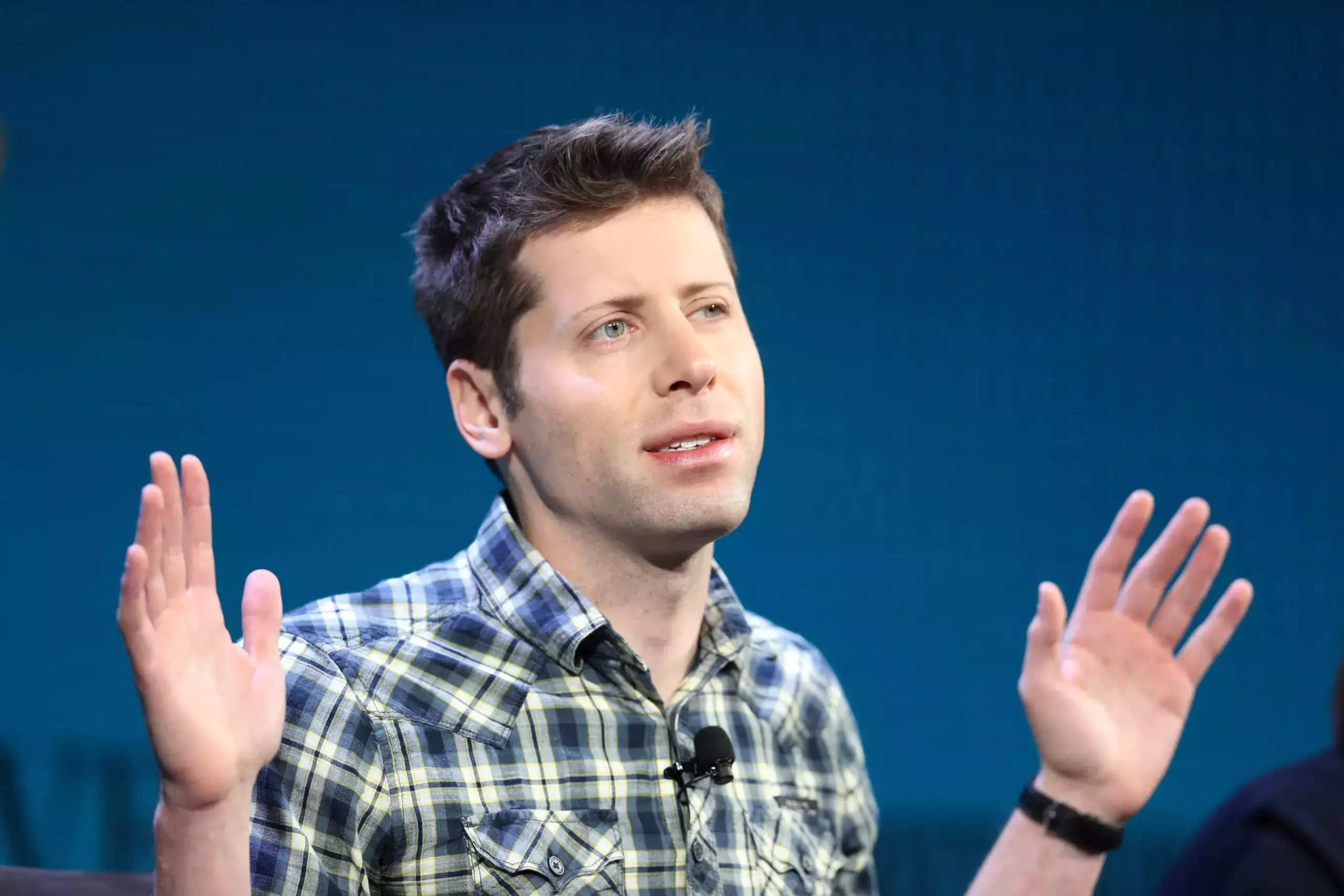OpenAI’s CEO Sam Altman’s sudden firing has shocked the tech world, leading to widespread speculation and confusion within the industry. The news of his ouster, described some as a “coup,” has raised questions about the company’s leadership and internal dynamics.
Greg Brockman, OpenAI’s ex-president and co-founder, who resigned in protest after Altman’s firing, revealed that Altman was given very little notice about his departure. The manner in which Altman was dismissed has further fueled speculation about the motivations behind the decision.
The company’s management team was informed of the leadership changes shortly after Altman’s dismissal. Mira Murati, OpenAI’s chief technology officer, has been appointed as the interim CEO in the wake of Altman’s departure.
The unfolding of events at OpenAI has left the tech community in disbelief, as the company operates an unconventional corporate structure. Despite being a non-profit when it launched in 2015, OpenAI transitioned into a “capped profit” company in 2019, giving rise to a complex governance structure that is not typical of most organizations in the tech industry.
Altman’s abrupt departure has also left San Francisco’s AI enclave, known as “Cerebral Valley,” in a state of uncertainty. Even a seasoned psychotherapist in the Bay Area, Annie Wright, likened the situation to a “town Sheriff getting gunned down,” emphasizing the profound impact of Altman’s firing on the tech community.
The lingering uncertainty surrounding OpenAI’s leadership and future direction has sent shockwaves throughout the industry, with profound implications for the company and its stakeholders. The fallout from Altman’s ouster is likely to have far-reaching consequences, both within OpenAI and the broader tech ecosystem.
In light of the ongoing developments at OpenAI, it remains to be seen how the company will navigate the aftermath of Altman’s departure and restore confidence among its employees, investors, and the broader tech community.

